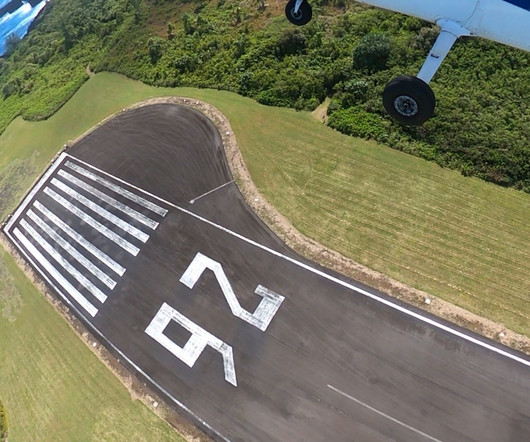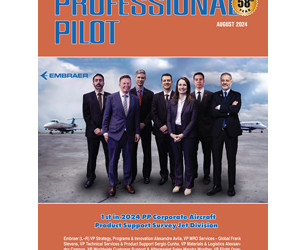Painted Cloudscapes to Saratoga Springs
Photographic Logbook
SEPTEMBER 24, 2023
Even slowed by a 25 knot headwind, the airplane still saved time. From flight planning, I knew that we would experience rain, instrument meteorological conditions (IMC), and darkness. We worked together to bundle up the airplane and minutes later, we were travelling into downtown Saratoga Springs by Uber.













Let's personalize your content